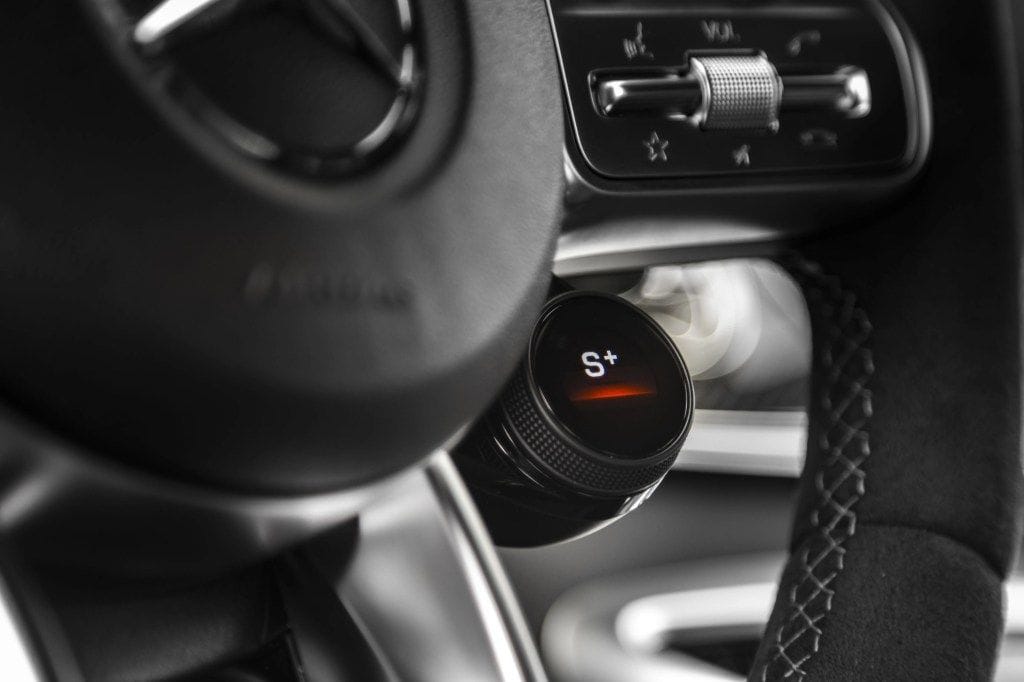
The eternal question that has sparked debate among car enthusiasts and environmentally conscious drivers alike: does sport mode really use more gas? The answer is not a simple yes or no, but rather a nuanced explanation that delves into the mechanics of sport mode and its impact on fuel efficiency.
What is Sport Mode?
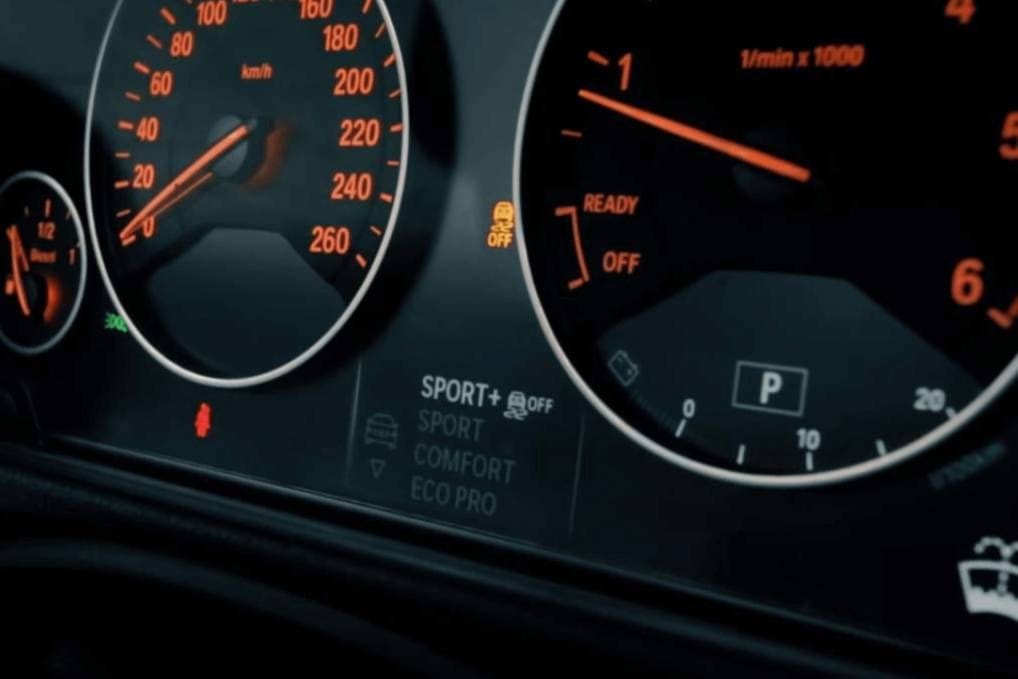
Before we dive into the fuel efficiency aspect, let's first understand what sport mode is. Sport mode, also known as dynamic mode or performance mode, is a driving mode that alters the vehicle's performance characteristics to prioritize acceleration and responsiveness over comfort and fuel efficiency. When engaged, sport mode typically adjusts the following:
Transmission shift points and throttle response Engine mapping and power output Suspension stiffness and damping Steering feel and response
The primary goal of sport mode is to enhance the driving experience by making the vehicle feel more agile and responsive. However, this comes at a cost, which brings us to the topic of fuel efficiency.
Does Sport Mode Use More Gas?
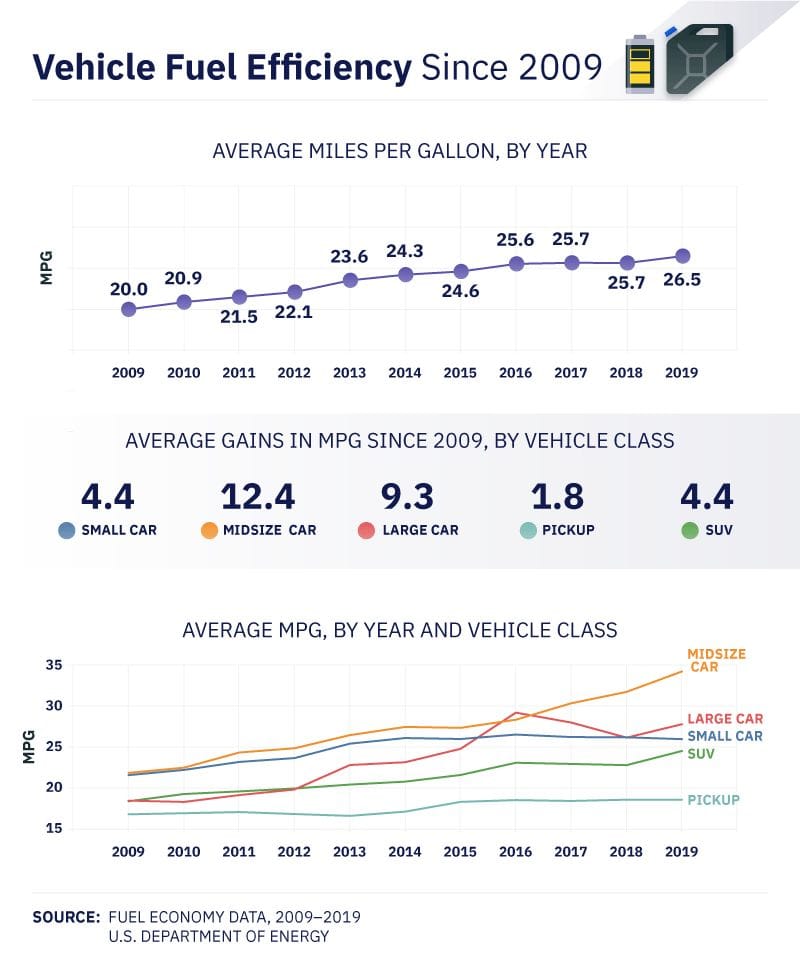
The short answer is: it depends. Sport mode can indeed increase fuel consumption, but the extent of the increase depends on various factors, including:
Driving style: Aggressive driving, such as rapid acceleration and braking, can significantly reduce fuel efficiency, regardless of whether sport mode is engaged. Vehicle type: Sport mode may have a more pronounced effect on fuel efficiency in smaller engines or vehicles with manual transmissions. Road conditions: Hilly or mountainous terrain can require more frequent gear changes and increased throttle input, which can reduce fuel efficiency in sport mode.
However, some studies suggest that sport mode may not necessarily lead to a significant increase in fuel consumption. A study by the American Automobile Association (AAA) found that sport mode only increased fuel consumption by 1-2% in a range of vehicles. Another study by the European Automobile Manufacturers Association (ACEA) concluded that the fuel efficiency impact of sport mode is typically negligible.
Why Does Sport Mode Increase Fuel Consumption?
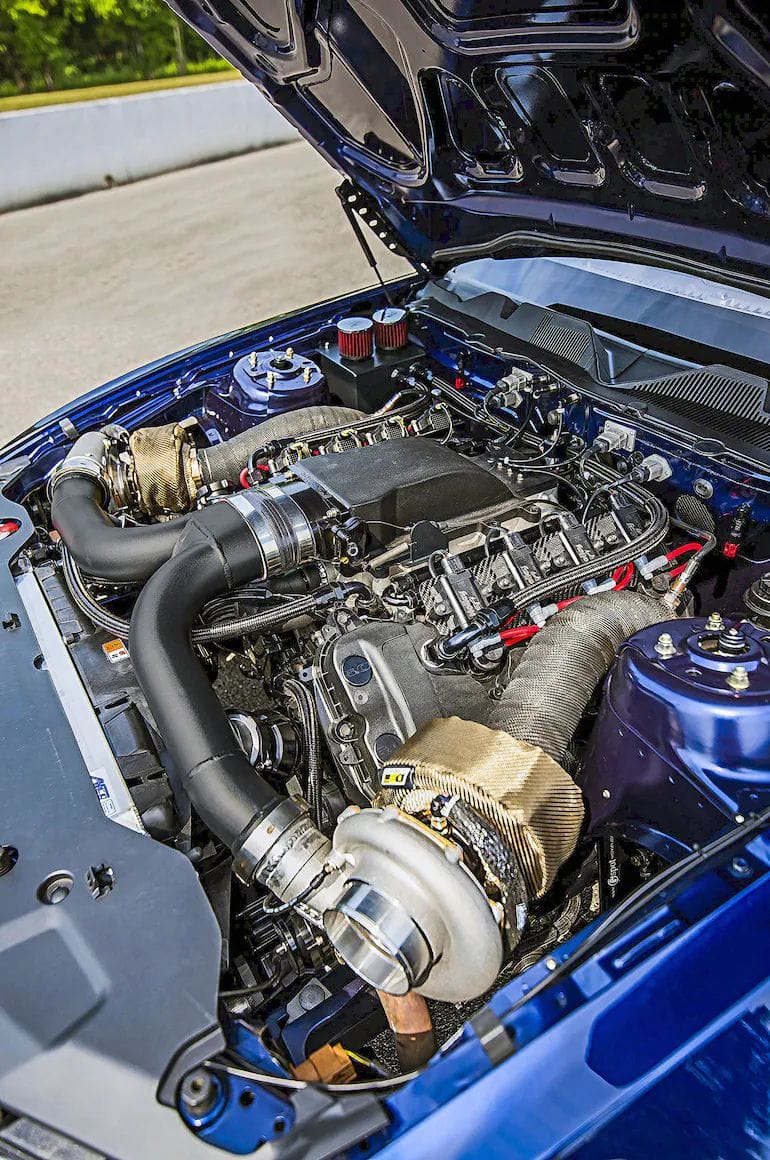
When sport mode is engaged, the engine computer (ECU) adjusts the engine's performance characteristics to prioritize power and responsiveness. This typically involves:
Increasing fuel injection and ignition timing to produce more power Adjusting transmission shift points to keep the engine in its power band Tightening suspension and steering response to improve handling
These adjustments can lead to increased fuel consumption due to:
Increased engine load and power output More frequent gear changes and increased throttle input Increased engine speed and RPM
However, modern engines and transmissions often employ advanced technologies, such as variable valve timing and cylinder deactivation, to minimize fuel consumption even in sport mode.
Conclusion: Does Sport Mode Really Use More Gas?
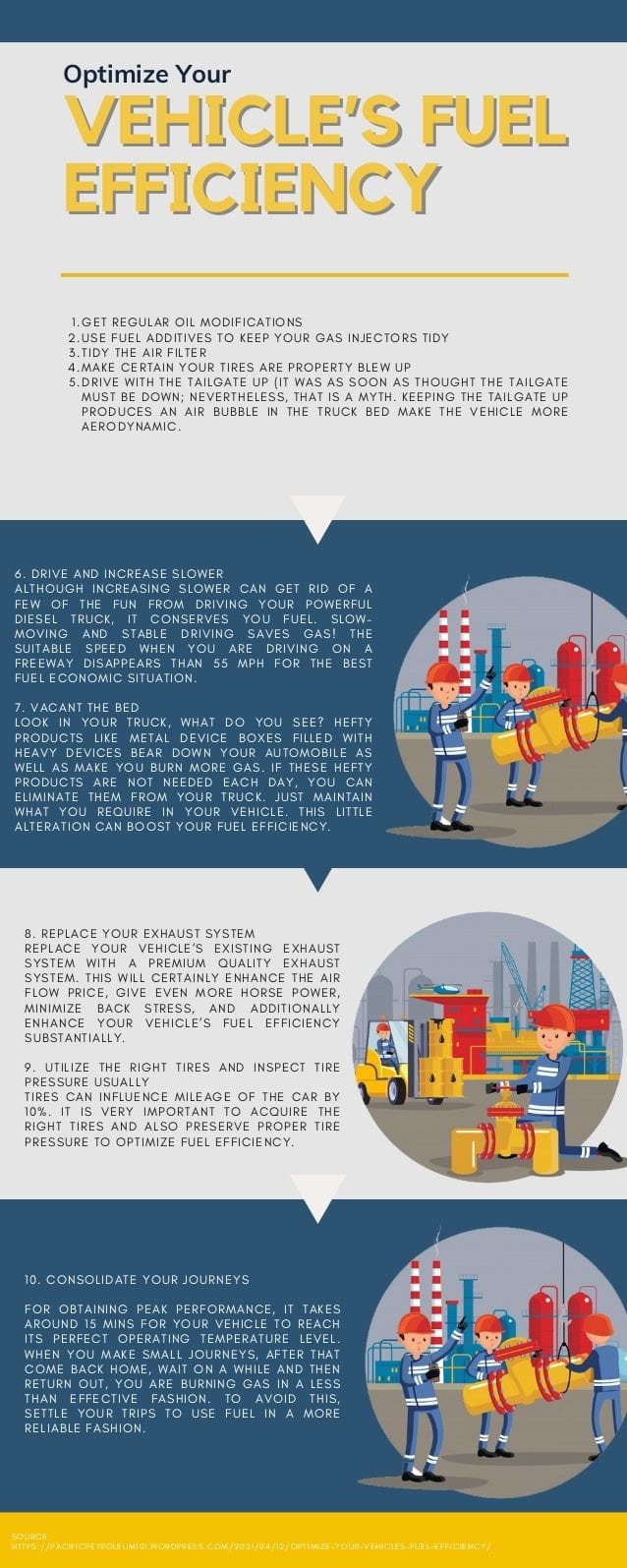
In conclusion, while sport mode can potentially increase fuel consumption, the impact is often negligible and depends on various factors, including driving style, vehicle type, and road conditions. Modern engines and transmissions employ advanced technologies to minimize fuel consumption, even in sport mode.
To minimize fuel consumption in sport mode, consider the following tips:
Drive smoothly and avoid aggressive acceleration and braking Use sport mode sparingly and only when necessary Choose a vehicle with advanced fuel-saving technologies, such as variable valve timing and cylinder deactivation Consider alternative driving modes, such as eco-mode or normal mode, for everyday driving
Remember, the decision to use sport mode ultimately depends on your driving priorities and preferences. If you value the enhanced driving experience and are willing to accept a potential increase in fuel consumption, then sport mode may be the right choice for you.
FAQs:
What is sport mode?
+Sport mode, also known as dynamic mode or performance mode, is a driving mode that alters the vehicle's performance characteristics to prioritize acceleration and responsiveness over comfort and fuel efficiency.
Does sport mode use more gas?
+The impact of sport mode on fuel efficiency depends on various factors, including driving style, vehicle type, and road conditions. While sport mode can potentially increase fuel consumption, the impact is often negligible.
How can I minimize fuel consumption in sport mode?
+To minimize fuel consumption in sport mode, drive smoothly and avoid aggressive acceleration and braking, use sport mode sparingly, and choose a vehicle with advanced fuel-saving technologies.